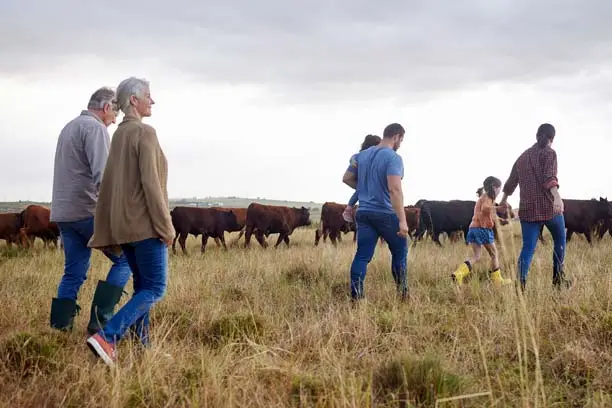Farm Transition Planning: How to Manage Conflict


Changing ownership of a farm or ranch is never easy—especially when it involves family. Whether you're planning for retirement, stepping back from daily operations or preparing for the unexpected, farm transition planning is essential. One of the biggest challenges? Managing conflict.
Here are five ways to reduce tension and keep your transition on track.
The best way to transfer a family farm is to start talking about it long before a transition is necessary. Avoiding difficult conversations can lead to misunderstandings, resentment and rushed decisions during a crisis.
Instead, schedule regular discussions with all stakeholders—family members, business partners and potential heirs. These conversations should cover:
By starting early, you give everyone time to process, plan and participate in the succession planning process—a key to preserving both your legacy and your relationships.
Conflict is common in family business transitions, but understanding where it comes from can help you manage it. Here are a few common sources:
Conflict management starts with empathy, active listening and a willingness to compromise.
Fair doesn’t always mean equal. In farm estate planning, fairness often involves balancing:
Consider involving a neutral third party—like a financial advisor or estate planner—to help weigh these factors and create a plan that reflects your values and goals.
Ambiguity breeds conflict. As part of your farm transfer plan, clearly define:
This clarity helps everyone involved in the farming operation understand their role and reduces the risk of future disputes.
Every person involved in your farm succession planning has different goals. Some may want to farm full-time, others may want a financial stake but no operational role. Senior generations may prioritize legacy, while younger generations may focus on innovation or profitability.
Take time to understand:
Balancing these goals is key to creating a plan that works for everyone and ensures the future of your farm.
Farm transitions are complex—but they don’t have to be contentious. With early planning, open communication and a clear strategy, you can protect your legacy and your relationships.
Need help with your farm transition plan? Connect with a local Farm Bureau agent to explore your options for succession and estate planning.